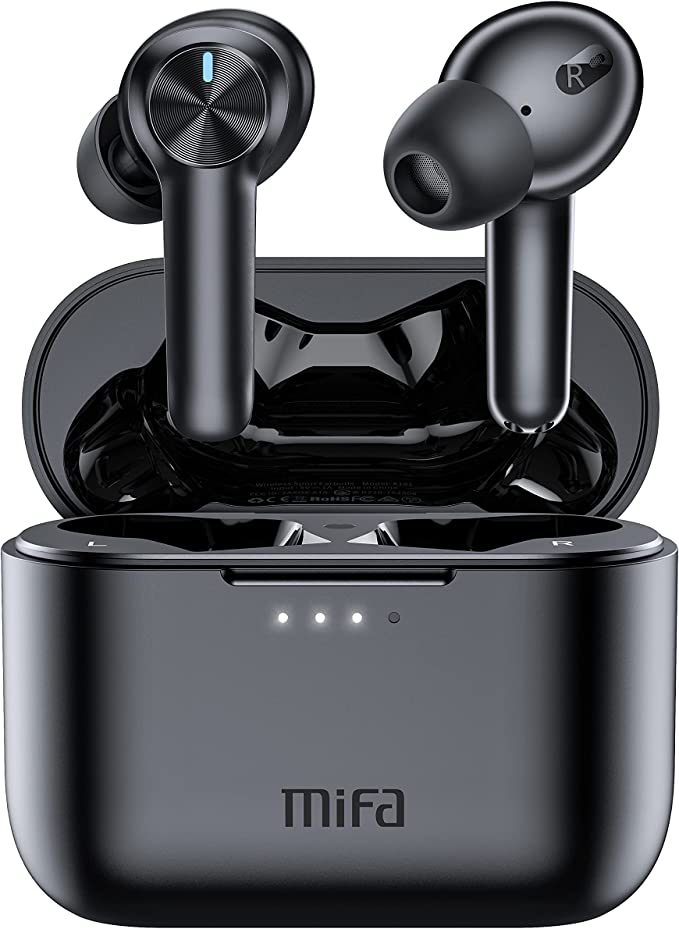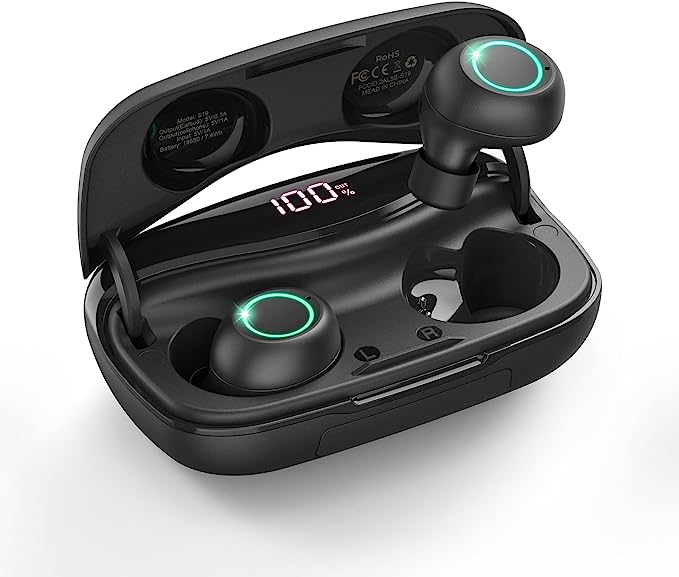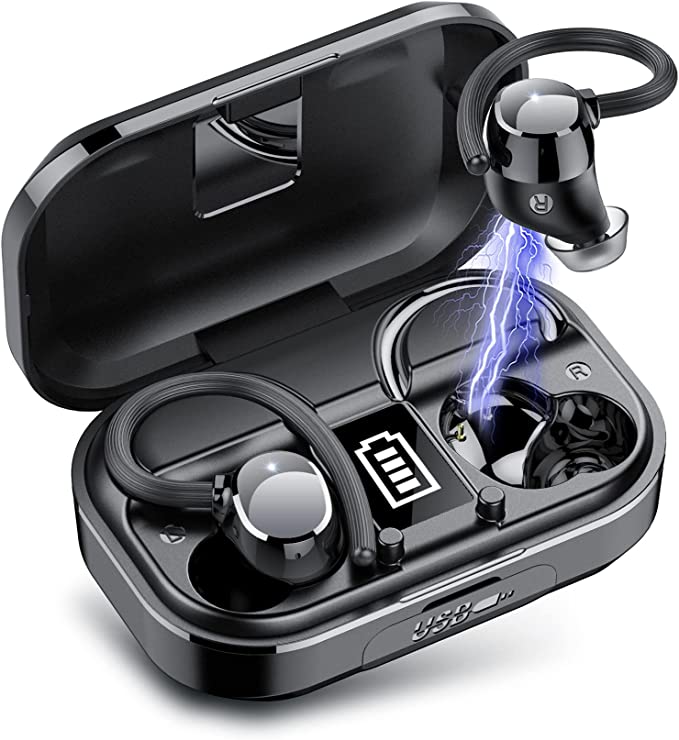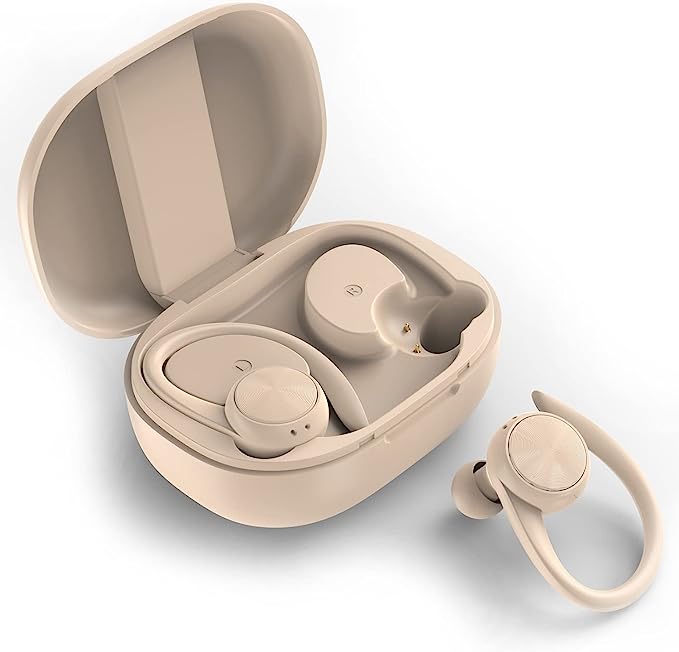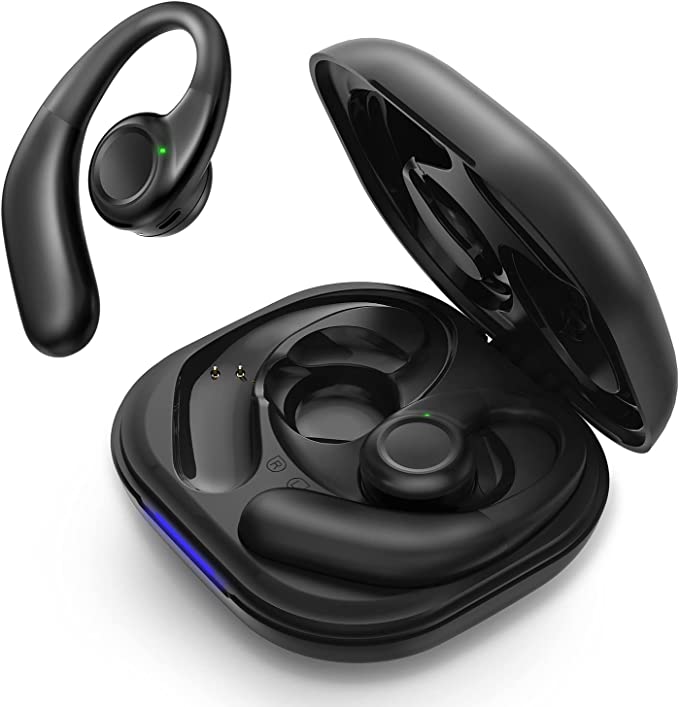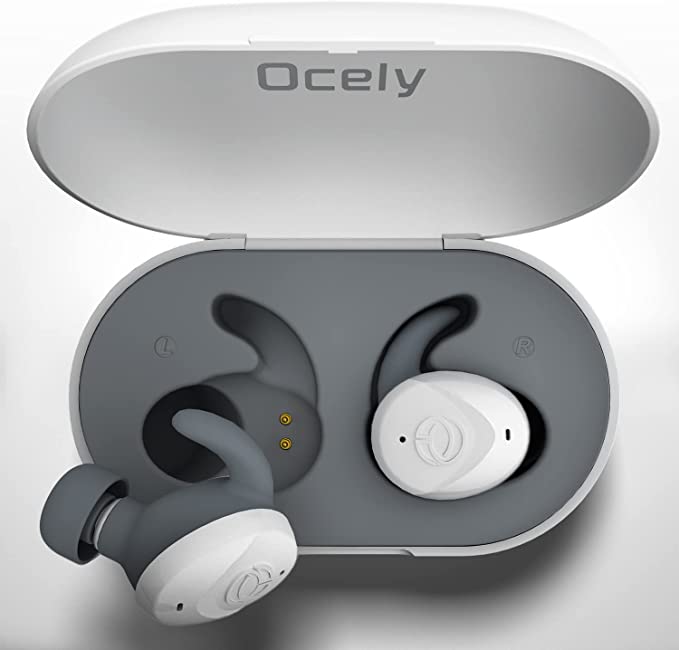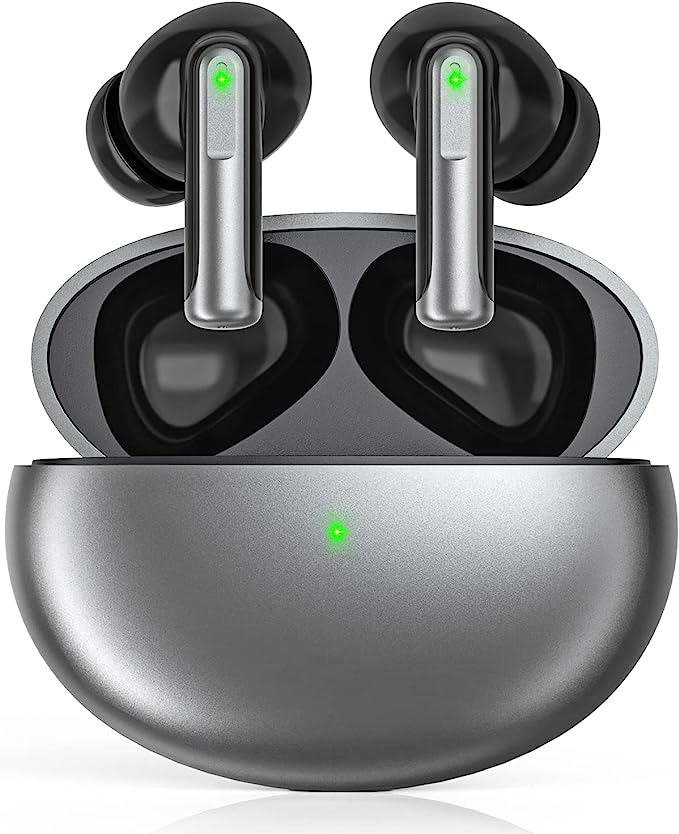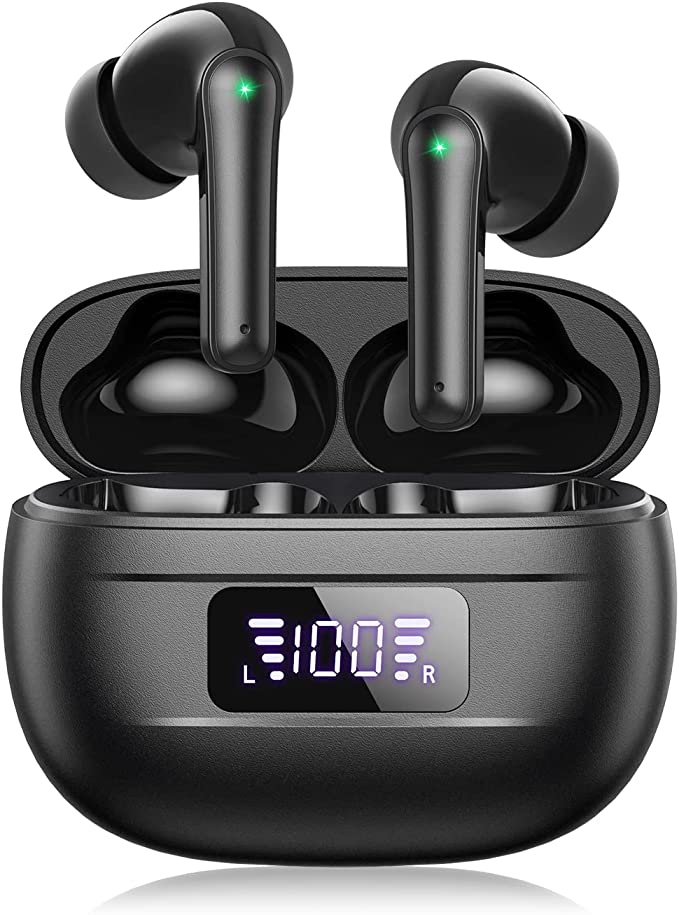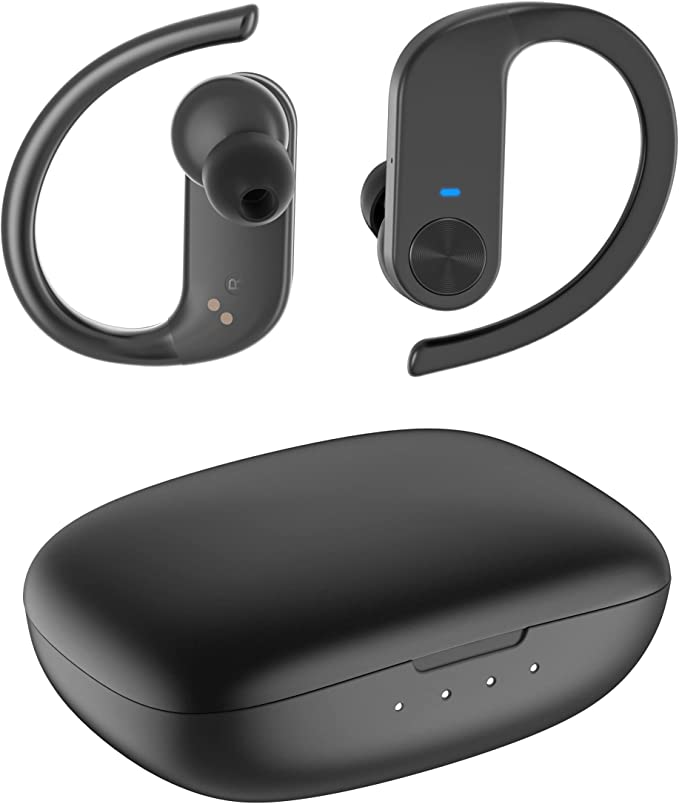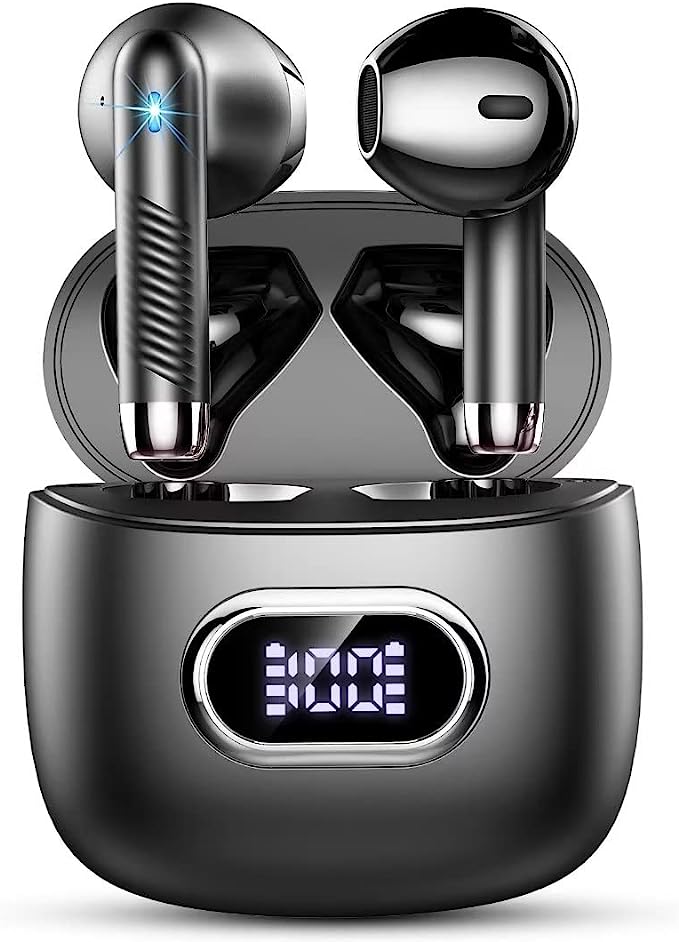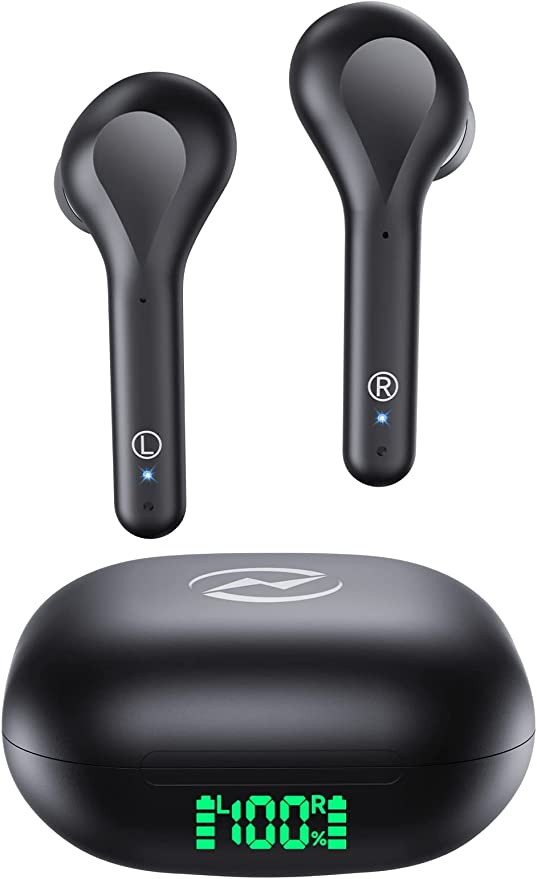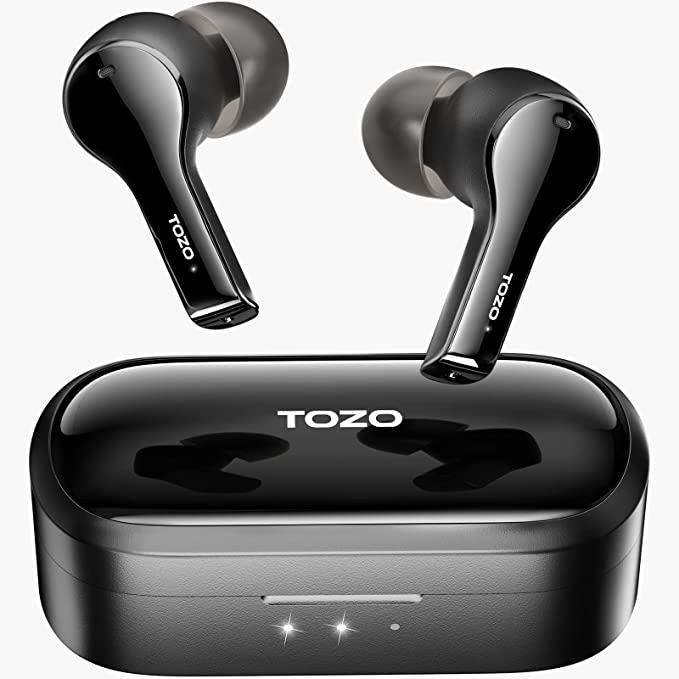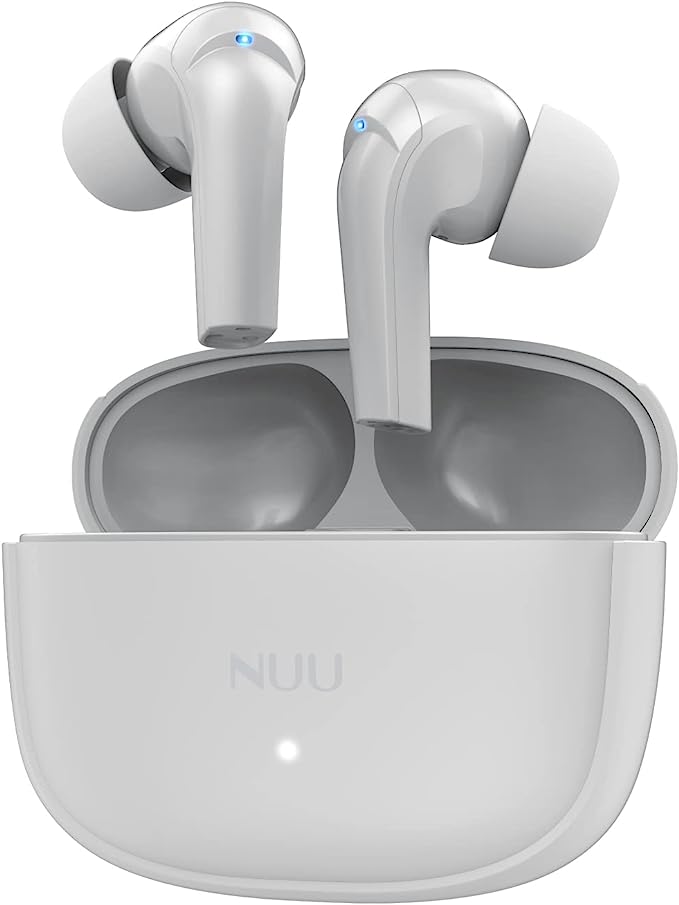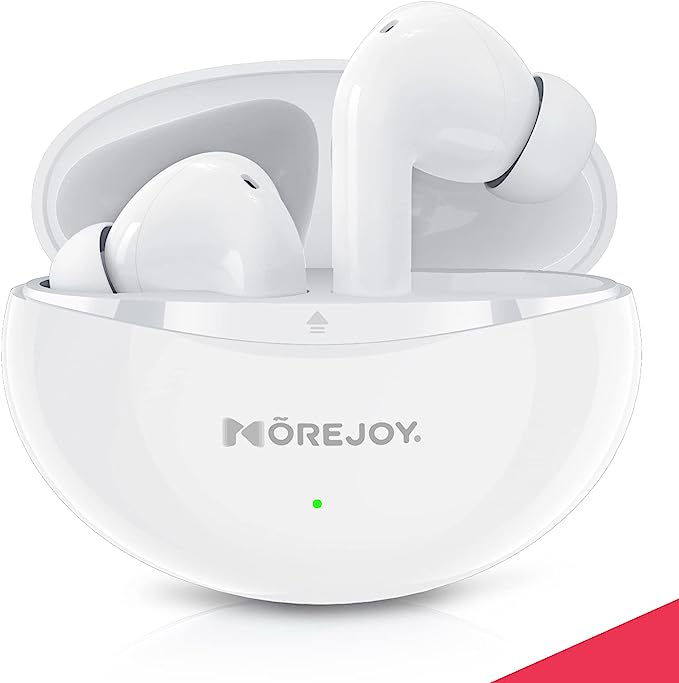Beyond the Spec Sheet: The Engineering Behind Reliable Sport Audio and Clear Communication
Update on Nov. 23, 2025, 6:51 a.m.
In the intricate landscape of personal audio, the distinction between a fleeting gadget and a reliable daily companion often lies beneath the plastic shell. For the active individual—the marathon runner facing sudden downpours, the commuter navigating a cacophony of transit noise, or the professional managing calls between gym sets—the requirements for earbuds extend far beyond simple music playback. We are witnessing a shift where durability, communicative clarity, and power management are becoming the new pillars of performance.
To understand how modern technology addresses these demands, it is instructive to examine the underlying engineering principles. Devices like the Losei D65 Bluetooth Headphones serve as a pertinent case study in this arena, illustrating how specific technologies—such as Environmental Noise Cancellation (ENC) and ingress protection—are integrated to solve persistent user pain points.

The Acoustics of Clarity: Deconstructing Environmental Noise Cancellation (ENC)
A common source of confusion in the audio market is the difference between Active Noise Cancellation (ANC) and Environmental Noise Cancellation (ENC). While ANC is designed to create a quiet listening bubble for the user, ENC is altruistic—it is engineered for the benefit of the person on the other end of the line.
Effective communication in noisy environments relies on the principle of signal-to-noise ratio (SNR) optimization. The goal is to elevate the “signal” (your voice) while suppressing the “noise” (wind, traffic, gym clatter). The Losei D65 utilizes a 4-microphone array to achieve this. This setup typically involves a beamforming technique:
1. Primary Microphones: Focus on the user’s mouth to capture the voice signal directly.
2. Secondary Microphones: Monitor ambient environmental sounds.
An internal digital signal processor (DSP) then compares these audio streams in real-time. By identifying sound patterns that are present in the environment but absent from the voice trajectory, the algorithm can spectrally subtract the background noise. This ensures that even in a bustling coffee shop or a windy parking lot, the transmission remains intelligible. For users who prioritize call quality during outdoor activities, understanding this distinction is vital; ENC is the technology that prevents the dreaded “Can you hear me now?” loop.

The Physics of Durability: IPX7 and Ingress Protection
For sport-oriented audio gear, moisture is the arch-enemy. Sweat is particularly corrosive due to its salt content, which can degrade internal electronics faster than fresh water. This is where the Ingress Protection (IP) rating system becomes a critical specification to decode.
The Losei D65 carries an IPX7 rating. To parse this technical standard: * “X”: Indicates that dust resistance was not formally tested (common for audio gear where moisture is the primary threat). * “7”: Represents a high level of water resistance. Technically, it certifies that the device can withstand immersion in water up to 1 meter deep for 30 minutes without harmful ingress.
Achieving this requires rigorous mechanical engineering, including the use of hydrophobic nanocoatings on internal circuitry, watertight seals at assembly seams, and membrane barriers over microphone ports. For the end-user, this translates to “functional reliability.” It means the device is not just splash-proof but capable of surviving torrential rain or a rinse under the tap after a heavy workout. It transforms the earbud from a delicate accessory into a robust piece of athletic gear.

Visualizing Power: The Psychology of Battery Management
“Range anxiety” isn’t exclusive to electric vehicles; it plagues personal electronics users too. The uncertainty of whether your earbuds will survive a long commute or a flight can be a significant stressor. Modern power management systems address this through two avenues: efficiency and information.
The integration of a digital LED power display, as seen on the D65’s charging case, moves beyond the vague “blinking light” interface found on many older devices. By providing a precise percentage readout (1% to 100%) for the case and independent status bars for each earbud, the device offers granular data. This transparency allows users to plan their charging habits effectively, eliminating the guesswork.
Furthermore, the inclusion of wireless charging (via electromagnetic induction coils) alongside USB-C wired charging reflects a broader trend towards universal compatibility. Wireless charging allows for “opportunity charging”—simply placing the case on a pad (not included) during downtime—which helps maintain the battery’s health and readiness without the friction of plugging in cables. With a combined playtime potential of roughly 30 hours (5 hours per charge plus case recharges), high-density Lithium-ion cells ensure that the hardware keeps pace with the user’s lifestyle.

Ergonomics and Biomechanics: The Importance of the Seal
While electronics drive performance, biomechanics dictate usability. The human ear is a complex, variable structure. For “True Wireless” devices, stability is paramount, especially during dynamic movement.
The earhook design employed by the Losei D65 addresses the mechanical challenge of retention. By redistributing the weight and anchoring the device over the ear rather than relying solely on the friction of the ear canal, it reduces fatigue and eliminates the risk of the device falling out during vigorous exercise.
However, the internal fit is equally crucial. The provision of multiple silicone ear tips (often varying in size from S to L) is not merely for comfort; it is essential for acoustic performance. A proper seal creates a closed acoustic chamber, which is necessary for:
1. Bass Response: Preventing low-frequency energy from escaping.
2. Passive Noise Isolation: Physically blocking external high-frequency noise.
The combination of secure earhooks and customizable tips ensures that the technology remains functionally invisible to the user—staying in place and performing consistently, regardless of the activity.

The Convergence of Tech and Lifestyle
The evolution of personal audio is a story of miniaturization and integration. We have moved past the era where “wireless” meant a compromise in call quality or battery life. Devices like the Losei D65 exemplify how advanced features—once the domain of premium, niche products—are becoming standardized.
From the signal processing algorithms of ENC to the material science of IPX7 waterproofing and the inductive physics of wireless charging, every feature serves a functional purpose. Understanding these technologies empowers consumers to look beyond marketing buzzwords and appreciate the engineering that enables crystal-clear calls and enduring audio in the most demanding environments. As we continue to demand more from our devices, this fusion of acoustic science and rugged engineering will define the next generation of essential wear.

